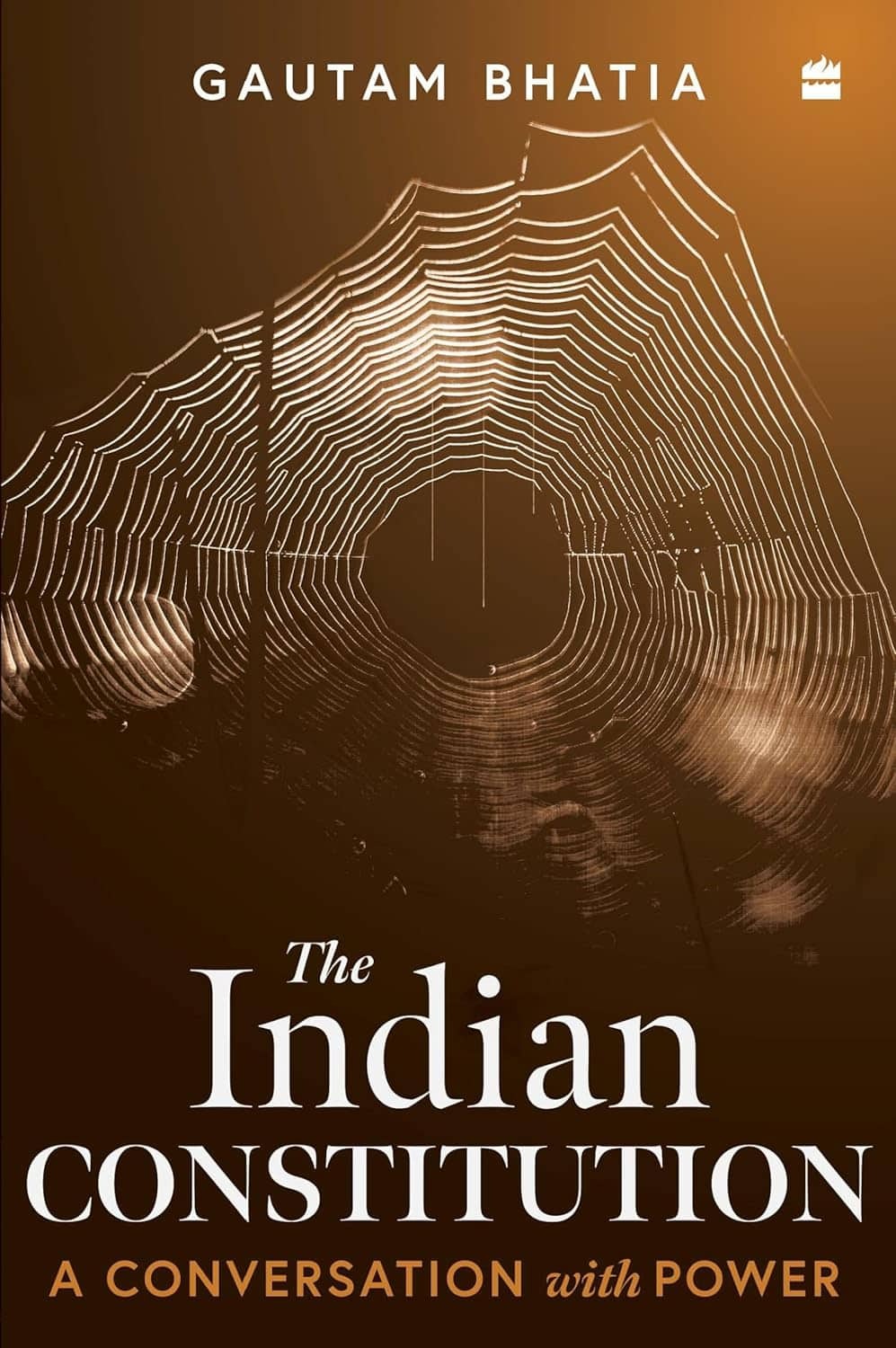
Despite being the world's largest democracy, few Indians have read the Constitution in full. Most are familiar only with its preamble. In his latest book, The Indian Constitution: A Conversation with Power, Gautam Bhatia highlights how the people vanish from the document after “We, the People of India.”
In a recent interview, Bhatia discussed how ordinary citizens interact with constitutional power, and why it’s essential to frame the document in terms of "power" instead of "authority" or "responsibility."
Why Power, Not Authority, Is the Right Lens
According to Bhatia, constitutions create and distribute power. They define who holds power and how it's exercised. Authority implies justification, but power reveals the raw relationships shaping law enforcement, elections, and state functions. “A constitution is essentially a power map,” says Bhatia.
Colonial Legacy and the Centralized Power Structure
Bhatia argues that India's Constitution did not fully shed its colonial power structure. While the right to vote democratized access, the executive-heavy model from British rule persisted. This has created a strong central government and weakened local autonomy.
India’s Built-in Drift Towards Centralization
Discussing current federal tensions, such as the Tamil Nadu-Center language debate, Bhatia explains that the Constitution’s design inherently favors central control. The book aims to spark public debate on whether this centralization is still justified 75 years later.
What Role Do the People Actually Play?
Bhatia notes that after voting, citizens largely disappear from constitutional processes. He contrasts direct and representative democracy, suggesting modern constitutional design should include ongoing citizen participation through initiatives, consultations, and feedback—not just periodic elections.
Public Interest Litigation: Not Real Participation?
Though often viewed as citizen-led, Bhatia critiques PILs in India for being lawyer-dominated. He argues they do not provide meaningful public engagement in constitutional governance.
Pluralism in the Constitution: More Symbolic Than Functional?
Bhatia explains that while provisions like Article 371 and the now-revoked Article 370 provided for regional autonomy, India’s constitutional framework remains suspicious of pluralism. These concessions often followed conflict, indicating resistance rather than active embrace of diversity.
The Weak Institutional Backbone of Checks and Balances
India’s Constitution lacks strong provisions to protect autonomous institutions like the Election Commission or Information Commissions. Bhatia argues these bodies are vulnerable to executive control due to their weak constitutional status and lack of guaranteed independence.
What Every Citizen Should Understand
Beyond fundamental rights, citizens should understand how constitutional design enables events like mid-term government collapses or extended detentions without trial. Knowing these systemic roots helps people comprehend how governance works—or fails.
Global Comparisons: Learning from Newer Constitutions
Constitutions evolve through global exchanges. Bhatia notes that India’s 75-year-old framework predates modern innovations like participatory governance or entrenched fourth-branch institutions. Countries like South Africa and Kenya have more progressive models in this regard.
From Law School to Landmark Cases
Bhatia shared his journey into constitutional law, starting in 2006. One of his most notable cases was in the Bombay High Court, where he successfully challenged a government-created fact-check unit on free speech grounds. The ruling is currently under appeal in the Supreme Court.
Read More: 8th International Ramayan Conference at IIT Roorkee

 Share
Share_259863270_100x75.jpg)



